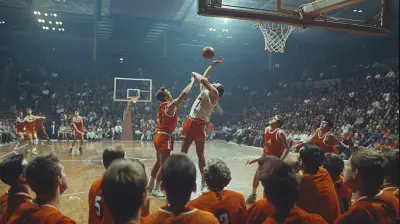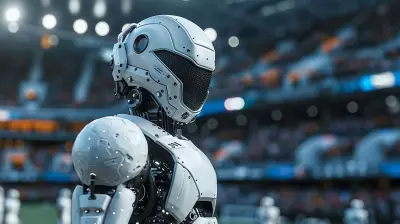How Weather Conditions Could Impact the Big Game
26 July 2025
When it comes to the big game—whether it’s the Super Bowl, the College Football Playoff, or the championship showdown in your local high school stadium—everyone focuses on the teams, the players, and the strategies. But there’s one wildcard that can throw a wrench in even the best-laid game plans: Mother Nature.
Yep, we’re talking about weather.
You can’t control it. You can’t predict it with 100% accuracy. But you sure as heck better be ready for it! Because when the temperature drops, the wind howls, or the rain starts falling sideways, the game changes in some pretty wild and unexpected ways.
So buckle up, sports fans. Let’s break down how weather conditions could impact the big game—and why sometimes, the real MVP is whoever brings the right cleats.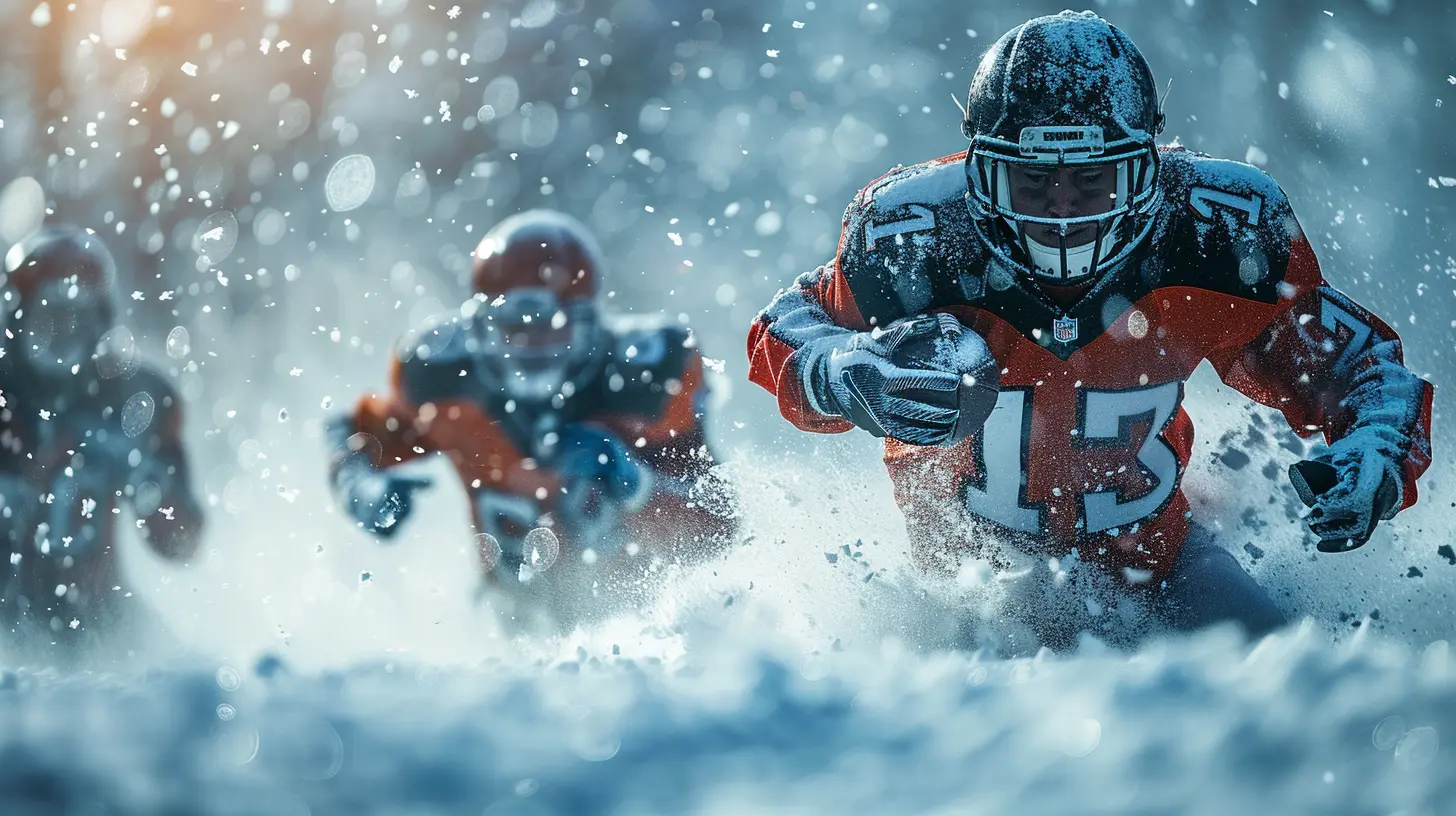
The Unseen Opponent: Why Weather Matters
Ever tried catching a football in a torrential downpour? Spoiler alert: it’s not easy. Weather isn’t just an inconvenience—it can turn a game plan upside down. Coaches and players might prep for weeks, but if a surprise snowstorm rolls in, it's back to the drawing board.Weather is like that stubborn ref who throws a flag when you least expect it. It's not just a background factor. It's a game-changer.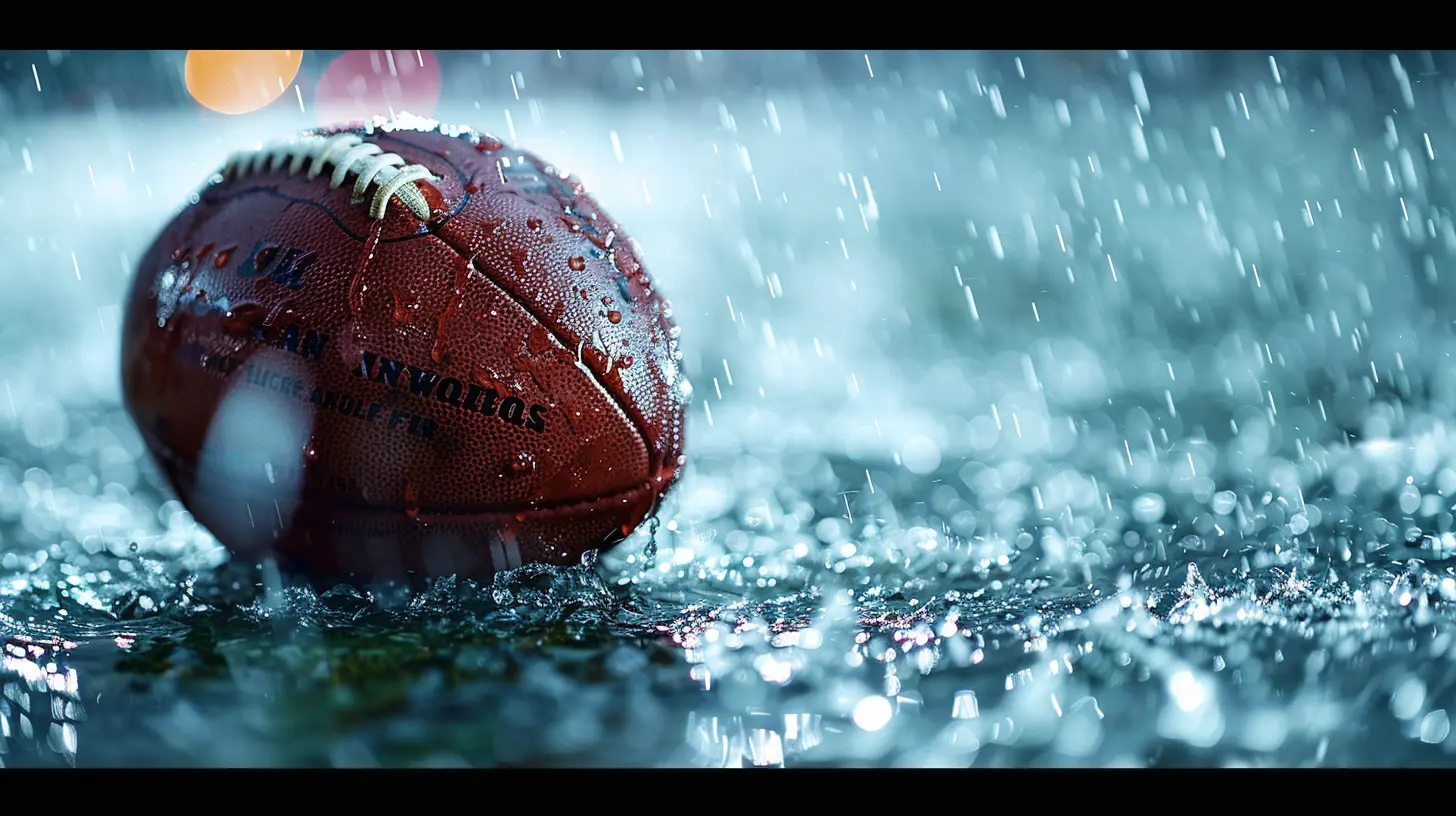
Rain, Rain, Go Away – Or Not?
Let’s kick things off with the wet stuff. Rain can seriously impact every phase of a football game:☔ Slippery Ball, Slippery Hands
Rain turns the pigskin into a bar of soap. Quarterbacks struggle to throw tight spirals, and receivers have a tougher time making clean catches. Most fumbles? Yeah, they love the rain too.☔ Ground Game Takes Center Stage
When passing becomes risky business, teams lean heavily on their run game. Power backs that love to smash through defenders suddenly become the stars of the show. Think of it as football’s version of a mud-wrestling match—gritty, messy, and full of surprises.☔ Slick Field Conditions
Rain also changes how players move. Cuts are slower. Momentum stalls. Defenders slip, and big plays can happen on busted coverages. The team that adapts to the slop often comes out on top.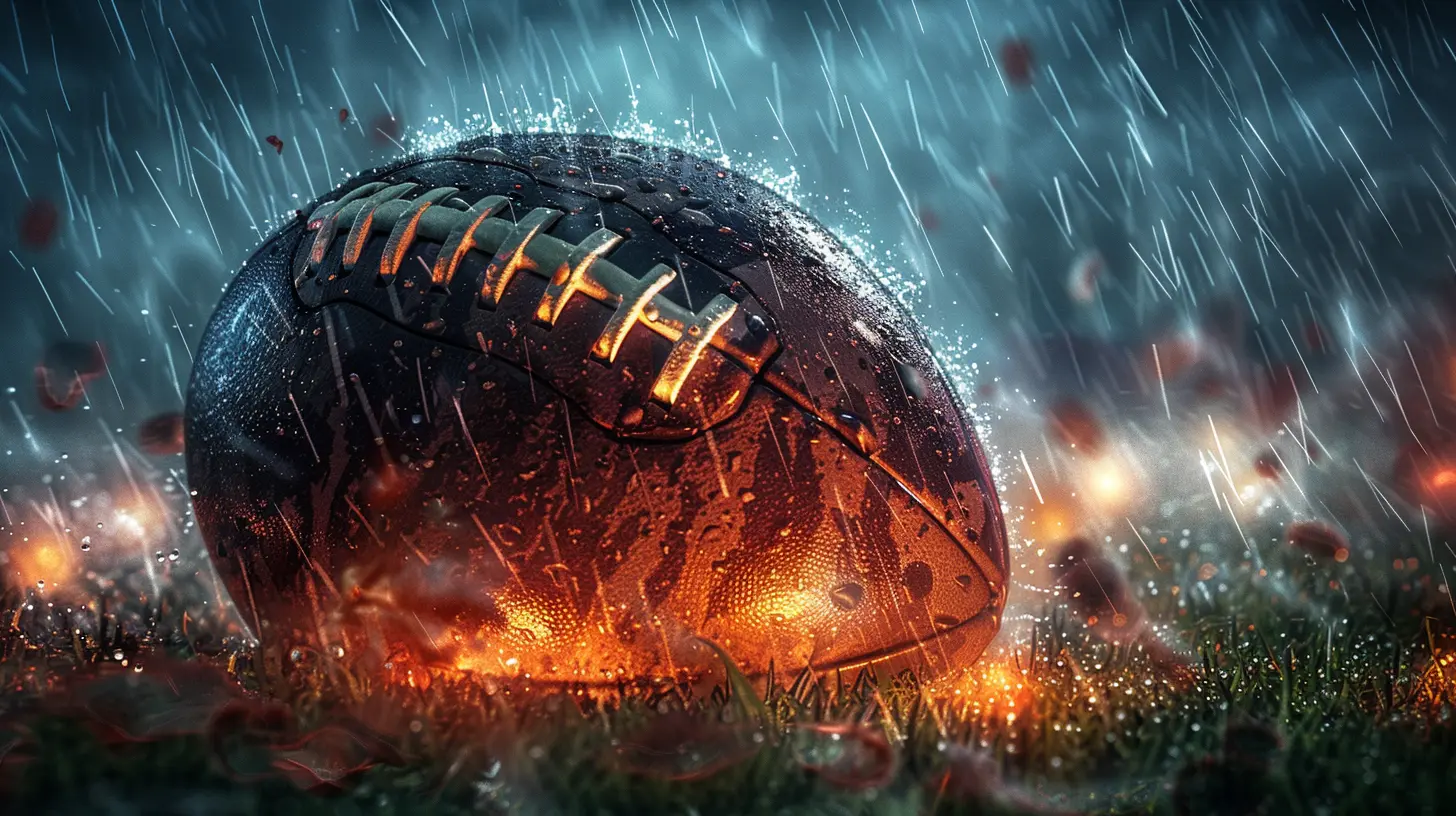
Cold as Ice: When Temperatures Plummet
Snowflakes falling during kickoff might look magical on TV, but players probably aren’t feeling the same way.❄️ Hands Like Ice Cubes
Cold weather affects grip like nothing else. Receivers’ fingers go numb. A spiral feels like catching a frozen brick. Kicks lose distance. It’s like the whole game is moving in slow-mo.❄️ Muscle Stiffness and Fatigue
Cold muscles tighten up quicker. Fatigue sets in faster. Injuries are more likely, especially for teams that aren’t used to chilly conditions. That makes warm-up routines and sideline heaters more valuable than gold.❄️ Mental Freeze
Let’s not forget the mind games. Cold weather messes with your mental state. Players get distracted. Decision-making slows down. There’s something about a bone-chilling wind that makes even the most seasoned veterans question their life choices.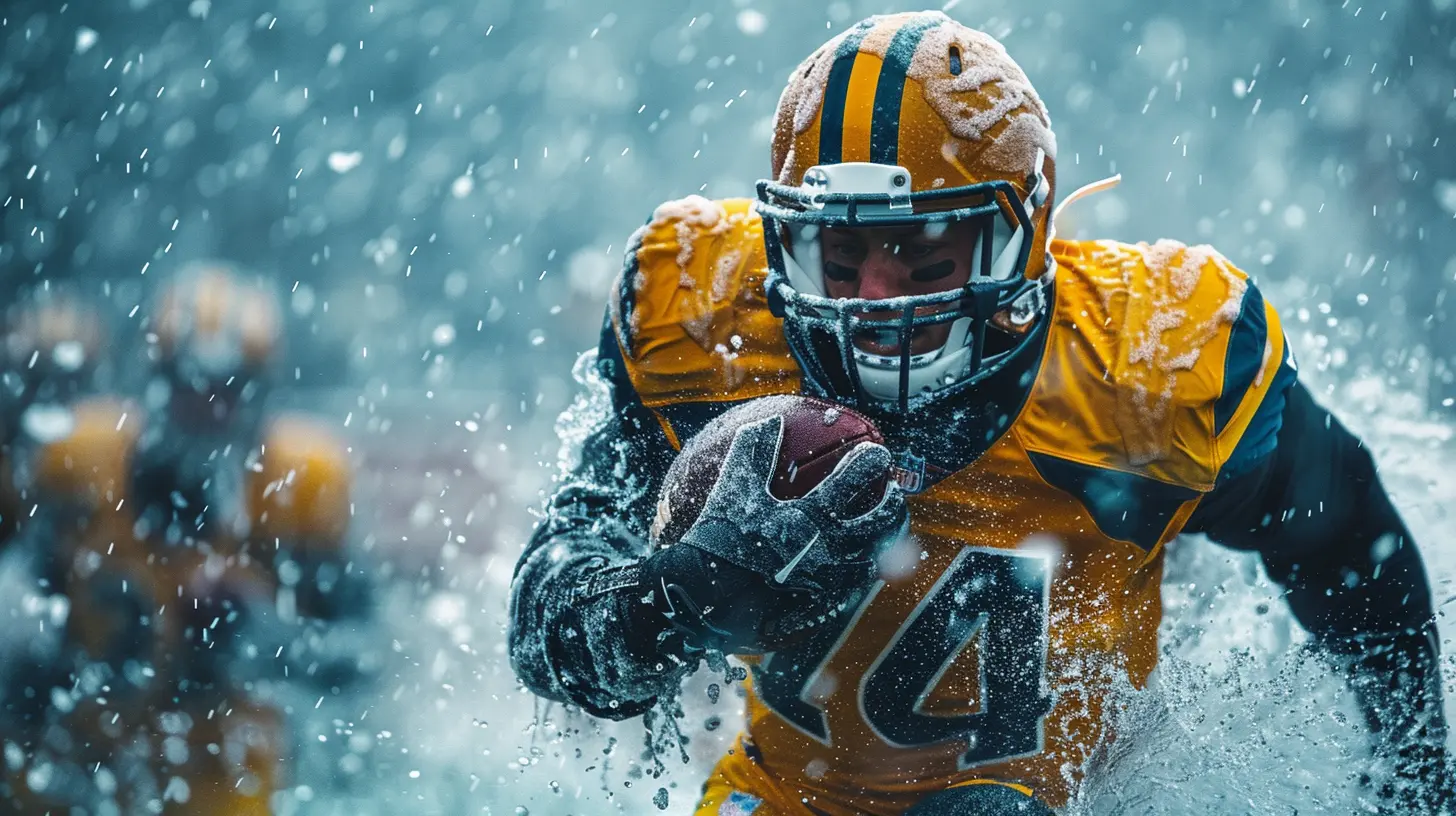
Windy With a Chance of Chaos
Wind might be the sneakiest of all weather conditions. You might not see it on a highlight reel, but you’ll feel its effects all game long.🌬️ Passing Goes Sideways
Literally. Quarterbacks have to account for gusts when throwing deep. The wind can carry a pass off-target by several yards. You may have a cannon for an arm, but if you're throwing into 20 mph gusts—good luck.🌬️ Kicking Becomes a Nightmare
For kickers, wind is pure evil. You could line up for a 40-yarder and watch it swerve like a Mario Kart banana peel. Crosswinds, headwinds, tailwinds—each one brings its own set of nightmares.🌬️ Field Position Battles
Teams may play it safe, opting to punt more often and avoid risky throws. Suddenly, the game turns into a chess match. It's all about field position and controlling possessions.Heat Is No Joke Either
Sure, cold games get all the media love, but blistering heat can be just as brutal.🔥 Fatigue Sets In Fast
High temps zap energy levels. Players cramp up. Hydration becomes a full-time job. In heat waves, every play feels like a marathon sprint—while wearing a winter coat.🔥 Game Pace Slows Down
Coaches adjust by slowing the tempo. More substitutions. Shorter play choices. You’re not just playing the other team—you’re battling your own body to keep going.🔥 Quick Decisions Become Life Savers
In hot games, players often make faster, simpler decisions. No one wants to be out there longer than necessary. It’s like playing streetball on asphalt in August—you get in, get your score, and get to the shade.Dome vs. Open-Air Stadiums: The Weather Showdown
Some modern stadiums try to outsmart Mother Nature with fancy retractable roofs. And yeah, domes can make weather a non-factor. But guess what? That changes strategy too.🏟️ Controlled Climates Favor Passing Attacks
With no wind or rain to worry about, quarterbacks can air it out all day. Dome games often lead to higher scores and more explosive plays.🏟️ Fans Get Comfy, But Lose the Grit
Let’s be honest—watching a snow game adds drama. Dome games? They’re almost too clean. You lose that gritty, down-and-dirty football feel. Real fans know that mud stains and frozen fingers are part of football’s charm.Coaches vs. Weather: Tactical Moves
Great coaches prepare for bad weather like it’s a crafty rival team. Here are some tricks up their sleeve:- Practice in the elements: Some teams purposely train in bad weather to build mental toughness.
- Adjust equipment: Believe it or not, players swap out gloves, cleats, and even jerseys depending on the conditions.
- Alter the game plan: A coach with a pass-heavy offense might switch to ground-and-pound if the skies open up.
Game-day decisions get trickier, too. Do you go for it on 4th and short in high winds? Do you kick a 50-yarder in freezing temps? Coaches have to be part meteorologist and part gambler.
Players That Embrace the Elements
Some players thrive in bad weather. Think of Brett Favre slinging snowballs, or Marshawn Lynch bulldozing through rainy turf like a tank. These guys don’t just tolerate the weather—they relish it.Why? Because weather games aren’t always about talent. They’re about grit, grind, and guts. They separate the tough from the tougher.
Big Games Weather History: A Few Classics
Let’s take a quick trip down memory lane to some legendary weather games:❄️ 1967 – The Ice Bowl
Cowboys vs. Packers. Kickoff temp: -13°F. Wind chill: -48°F. This game was so cold, refs’ whistles froze to their lips. But it’s forever etched in NFL mythology.🌧️ 2007 – Patriots vs. Jets (The Mud Bowl)
Torrential rain, a swampy field, and defensive slugfest. Every play looked like it was in slow-mo, but it was football at its rawest.🌨️ 2013 – Lions vs. Eagles (Snow Bowl)
A whiteout in Philly made this game almost unwatchable—unless you love chaos. Players disappeared into the snow like ghosts. It was so bizarre, it became iconic.How Fans Feel About It All
Let’s not forget the 12th man! Weather doesn’t just affect the players—it hits the fans too. Rain ponchos become fashion statements. Hot chocolate becomes currency. And die-hard fans wear short sleeves in 20-degree weather just to prove a point (you know who you are).But weather adds something magical to the fan experience. Football was born outside, in the elements. Watching your team grind it out in a snowstorm? That’s not just a game—that's a memory you'll tell your grandkids.
Final Whistle: Weather Isn’t Just a Side Note
So, how weather conditions could impact the big game?In every way. Rain can turn a pass-happy attack into a puddle of broken plays. Snow can slow down the fastest players. Wind can mess with kicks and throws. And heat? It wears down even the mightiest.
At the end of the day, weather is the great equalizer. It’s the invisible opponent lurking on the sidelines, waiting to see who’s tough enough to push through the storm.
So next time you're watching a big game and the snow starts falling, don’t groan—grab your popcorn. Because when weather steps on the field, you’re in for a wild ride.
all images in this post were generated using AI tools
Category:
Game PreviewsAuthor:

Everett Davis
Discussion
rate this article
1 comments
Elora McGuffin
“Looks like the weather might play defense during the big game! Rain? Players might need floaties. Snow? Forget touchdowns; it’ll be a snowball fight! Just remember, everyone: if the game gets delayed due to lightning, it’s not a sign of bad luck; it’s Mother Nature’s way of saying, ‘Not today!’”
August 11, 2025 at 3:58 AM

Everett Davis
Great point! Weather definitely adds an unpredictable twist to the game, keeping fans on their toes. Let’s hope it’s a thrilling showdown, rain or shine!
